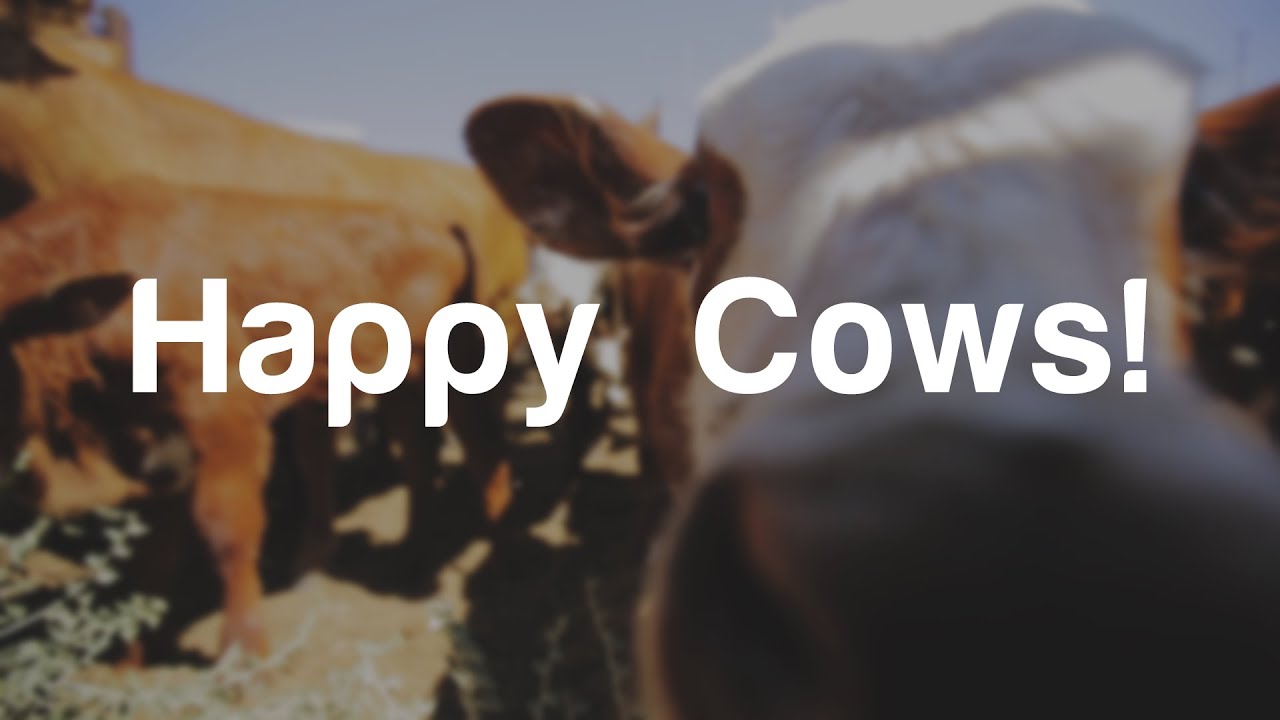The benefits of Organ Meats
Organ meats invoke a strong reaction in most people, from the curious to the horrified and of course, the huge fans. We happen to be among the latter. Lately, they have been experiencing a renaissance because of chefs promoting nose-to-tail eating and how big of a nutritional punch they pack.
The Nose-to-tail center
We thought this would be a great time to announce the release of our Nose-To-Tail Center.
The Nose-To-Tail Center is our way of taking you on a journey of all the different types of organ meats, their benefits, the nutrients they contain, recipes, how regenerative agriculture-produced organ meats can benefit the planet by helping in the fight against climate change, and so much more.
Do organ meats contain toxins?
There is one big misconception about organ meats that I want to address before we get to the meat of the matter (I can never resist a good pun).
We often hear that organ meat, especially liver and kidney, stores toxins, so you should not eat them. This is based on a flawed understanding of how certain things work in the body. The liver actually processes toxins and turns them into compounds that can be eliminated by the body. It does not store them. The kidneys filter and remove waste, but they do not store it. Most of the toxins that are not removed right away get stored in fat cells, not the organs. So ignore those fears about eating organs because they might have stored toxins.
Nutrients in organ meats
Organ meats are among the most nutrient-dense foods on the planet. I hate to be the one to say it (who am I kidding, I love saying it), but in a battle for nutritional supremacy of kale versus liver, liver wins hands down. It’s not just the amounts of nutrients though; it is the forms they are in and how bioavailable they are versus nutrients in plant foods.
Here are a few examples:
-
Heme iron in organ meats is much better absorbed than the non-heme iron found in plant foods. In addition, the absorption of heme iron is not affected by compounds found in many plant foods that can reduce the absorption of non-heme iron, such as tea and dairy.
-
Spleen is by far the richest source of heme iron.
-
-
Many plant foods contain compounds that bind to minerals and can reduce absorption. Organ meats are incredibly rich in many minerals and do not have any phytates.
-
For example, research has shown that to get an equivalent amount of zinc from plant foods as you would meat, a person would need to get about 35-50 percent more zinc per day. So for every 10 mg of zinc from organ meats, a person would need to eat 13.5 to 15 milligrams of zinc from plant foods to absorb a similar amount.
-
-
Organ meats contain preformed vitamin A, while plant foods contain carotenoids like beta-carotene, which must be converted into vitamin A. Not everyone’s body is great at making that conversion.
Organ meats are rich in many nutrients and compounds that are not really found in other foods, or they are found in such small amounts as to not really be significant.
Here are a few examples:
-
Coq10 is an important nutrient that helps with a variety of body functions. Some of it is produced in the body, but as we age, our bodies produce less. Certain medications, like cholesterol-lowering statins, also decrease coq10 levels in the body.
-
Beef Heart is the richest food source of coq10 by far. No plant food even comes close.
-
-
DAO is an enzyme that helps break down excess histamine in the body.
-
Kidney is the richest food source by far.
-
-
Digestive enzymes such as lipase, amylase, and protease help to digest fat, proteins, and carbohydrates.
-
Pancreas is by far the richest food source of digestive enzymes.
-
Now no matter how good they are for you, if they don't taste good, you're not going to eat them.
In my opinion, heart is the best organ meat for most people to start with. It has a firm texture like steak, a delicious, deeply beefy flavor, and is easy to cook. You can use it in place of beef in fajitas and stir fry.
You can see more great organ meat recipes here.
Beef Organ Supplements
Now some of you are just not going to eat them or eat them consistently, so properly made capsules are a great choice. These contain all of the same nutrients and beneficial compounds found in fresh organ meat. Good quality organ supplements are low-temperature dried, milled, and pt into capsules. That’s it. Four to six of these equals about one ounce of organ meat.
Finding a clean source of properly made organ capsules was not an easy task. Many organ supplements are defatted, heavily processed and refined, or high heat dried, which causes a loss of nutritional value. Others came from questionable sources, including some that used slave labor or were from rainforest land that was clear cut to make room for cattle grazing. Boycotting any products and foods made with Brazilian beef, which includes most collagen products, is one of the simplest and best steps you can take to help protect the Amazon rainforest. These were obviously not acceptable choices, but they were definitely the more profitable options. Knowing where your food comes from is incredibly important, and your supplements should be no different. So when searching for a company to use, we wanted to know exactly where the organs came from.
When looking for a company to use, we wanted to make sure that:
-
The farmers and laborers who farmed the animals were well taken care of and paid a fair wage for their work.
-
The animals need by well cared for and independently verified to be humanely raised. They would not be pumped full of hormones and antibiotics.
-
The animals would spend their days outside on the pastures, grazing on a variety of natural grasses, with ample access to fresh water and without the stresses that come from feedlot confinement.
-
-
The animals needed to be 100% grass-fed and grazed using regenerative agriculture practices.
-
The area the animals grazed on needed to be natural grasslands, and that did not require chopping down important forest lands, such as rainforest, to make room for grazing.
-
The grazing practices needed to improve the local environment, not take away from it. Regenerative agriculture grazing adds nutrients to the soil, protects the grassland, and helps to sequester large amounts of carbon in the soil, which helps to reduce climate change.
-
The animals would be properly rotationally grazed in ways that did not cause large amounts of waste and pollution to end up in the local waterways.
-
The company should make the product themselves from start to finish.
-
This means starting with the raw organs, drying them, milling them, and bottling them all in-house.
-
This vertical integration would ensure the highest quality organ capsules that would meet our farm-to-bottle program standards.
-
-
The organs would be low-temperature dried, non-defatted, and nothing would be removed except water. This would yield a concentrated whole food supplement, that is more nutrient-dense and foundational health-building than anything else on the market.
NXGEN Wholefoods Organ Supplements
In our search for the ideal organ supplement, we found a wonderful Australian company, NXGEN Wholefoods. They work directly with their regenerative agriculture family farm partners and manufacture their own raw materials and products. No other organ supplement company can say the same. There are no fillers, binders, or flow agents added.
Their farm partners are a farmer-founded and owned cooperative called Obe Organic. Obe Organic raises its animals in the Lake Eyre region of Australia. These farmers regeneratively graze their animals on close to twenty million acres of land, an area almost the size of Nebraska!
The Maloney family is one of the Obe Organic farm partners.
Each year the Lake Eyre region floods, bringing with it water rich in nutrients that help to feed the grasslands and enrich the soil. Having animals graze the land stimulates the natural way that grasslands grow, as when large groups of wild ruminants used to roam across the land.
The animals get an extremely nutrient-rich diet, grazing all year round on over 250 species of seasonal native grasses. They live a relaxed life free of the stressors of modern factory farming. Unlike a lot of cattle farming, the animals are not separated from their mothers and the free-roaming nature of the pastures allows them to live a healthy, active life. They are very well taken care of and are never given antibiotics or synthetic hormones.
Together NXGEN Wholefoods and Obe Organic represent what we feel is the perfect partnership of sustainability and ethics. Hopefully, in the future, more supplement companies will follow their example.
So whether you want to cook up some organ meats or take the capsules, there is no excuse not to get these incredible foods in your diet. No other foods can compare to the incredible nourishment that offal supplies. Your body will thank you, and your health will thrive.
Organ meat question and support
If you have questions about organ meats and beef organ supplements, please email us at info@rooted-nutrition.com, and we will be happy to help!
The easiest way to get some incredible nutrition in your day!




